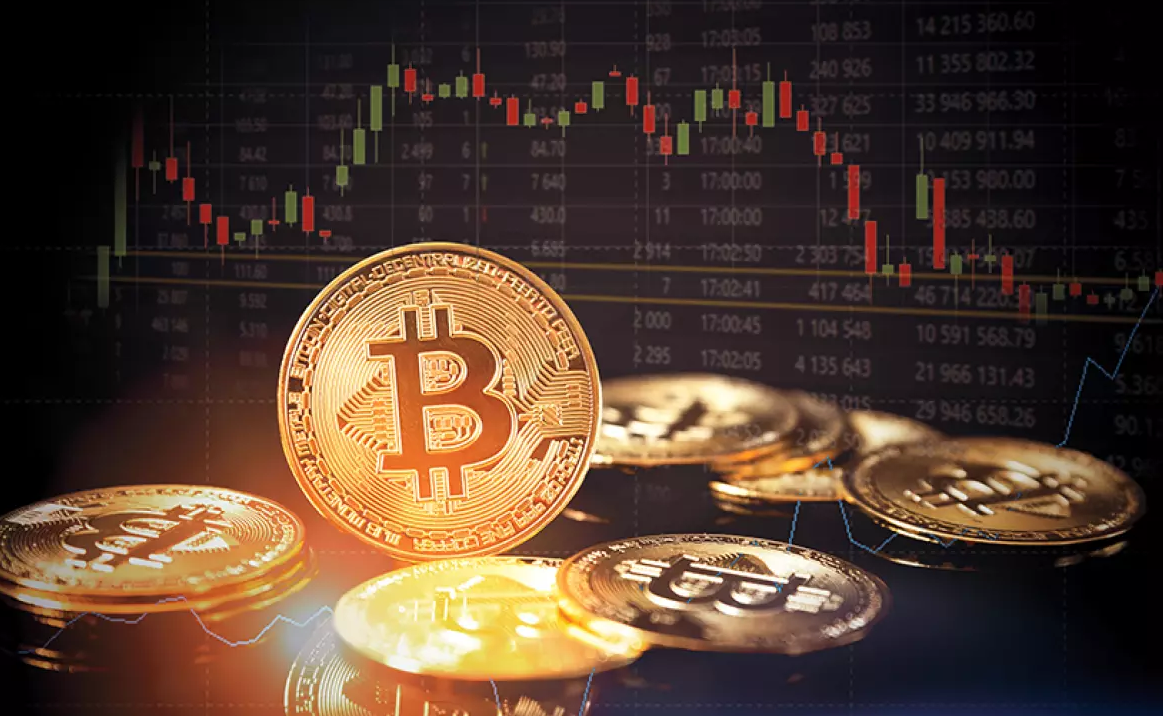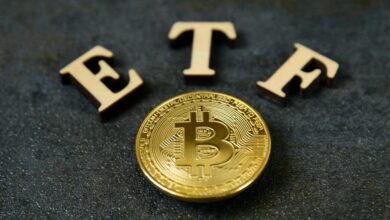
U.S. Strategic Bitcoin Reserve Potential Market Impact and Long-term Effects
Promoted by former President Donald Trump and a number of state governments, the declaration of a new U.S. Strategic Bitcoin Reserve was predicted to upend the Crypto Markets. Still, the price of Bitcoin hardly changed in the days after the disclosure. Although at first glance this subdued response would appear odd, closer examination reveals that the long-term effects could be significant. Eventually, a market phenomenon called the “flywheel effect” might propel Bitcoin to unprecedented highs—and maybe change the whole financial scene in the process.
National Bitcoin Reserve
Early March 2025 saw the White House formally suggest the establishment of a national bitcoin reserve. Mainly centered on Bitcoin, this project also includes allocations of other significant assets such as Cardano, Ethereum, and Solana. The declaration confirmed Trump’s long-standing endorsement of including digital assets in national strategy—a stance he initially supported during the 2024 election campaign.

The market response was unimpressive even if a government freely accepting Bitcoin as part of a strategic asset pool has historical importance. Before adopting their sideways pattern, Bitcoin prices had only barely changed. There are various reasons why this seemingly apathetic reaction makes sense.
Bitcoin Reserve Uncertainty
First, the reserve is still in the conceptual stage. Although the executive branch indicated great intention, effective implementation—particularly with regard to funding—probably calls for Congressional approval. This adds some political instability.
Second, the American government said it would not buy Bitcoin straight away from the free market. Instead, it would investigate substitutes, including reallocating current resources, trading other assets like gold, or collecting taxes in Bitcoin—a gradual and consistent procedure unlikely to have any short-term impact on price particularly.
Finally, among financial circles, more general macroeconomic issues like inflation, trade disputes, and possible interest rate increases took center stage. Skeptical of volatility, investors chose to wait and see.
Bitcoin Flywheel Effect
Although the short-term influence was negligible, experts think the flywheel effect—a strong long-term mechanism—may shortly become active.
In financial markets, the flywheel effect is the notion of a self-reinforcing cycle of development. Regarding Bitcoin, the order might be as follows: Government participation promotes legitimacy; institutional investors gain confidence and deploy more capital; Bitcoin’s price rises → more general interest and adoption → even more investment.
Renowned cryptocurrency manager Sygnum Bank claims that every $1 billion in net inflows to Bitcoin exchange-traded funds (ETFs) increases the current price of Bitcoin by 3–6%. Their recent “Crypto Market Outlook 2025” study, which emphasizes the outsized pricing impact institutional capital has because of Bitcoin’s limited liquid supply, informs this forecast.
Bitcoin Institutional Adoption
Turning on this flywheel requires institutional adoption. Although the U.S. government’s support by itself could not change the tide, if it inspires pension systems, hedge funds, and prominent asset managers to review their Bitcoin policies, the whole impact might be significant.
State-level participation is also increasing. While some, like Texas and Wyoming, have already taken actions to buy digital assets, more than half of the U.S. states have sponsored Bitcoin reserve measures. Even if every state purchases a small quantity, the symbolic and psychological impact could set off a worldwide reassessment of Bitcoin’s relevance.
Other nations might do the same. Foreign governments might start acquiring Bitcoin as it becomes a strategic reserve in the biggest economy in the world to offset geopolitical risk or dollar devaluation.
U.S. Crypto Reserve Impact
According to Sygnum Bank, a U.S. crypto reserve could boost the market capitalization of Bitcoin by roughly 25%, or $460 billion. Particularly if combined with declining supply and rising customer interest, that kind of capital flood might drive Bitcoin to all-time highs.
Since long-term holders already possess most of Bitcoin’s circulating supply, any significant increase in demand is probably going to produce price swings. With a limited quantity of 21 million, unlike conventional goods or fiat money, Bitcoin generates price dynamics driven by scarcity.
Crypto Reserve Challenges
Though there is hope, the road ahead is hardly straightforward. Political differences on crypto control might stop or slow down the reserve’s growth. Legal uncertainty or ideological opposition has already caused some jurisdictions to reject similar plans.

Furthermore, some financial institutions are still dubious about Bitcoin’s environmental impact, volatility, and regulatory risk. These elements could restrict the scope and pace of institutional acceptance, hence postponing the flywheel effect.
A clear understanding of federal policies will be vital. Howard Lutnick, the Secretary of Commerce, pointed out that the March 7 crypto meeting would expose more specifics. Any hint that the government plans to support its reserve with active purchases would quickly change the dynamics of the market.
Final thoughts
Though not for long, Bitcoin might have slept through the highest endorsement it has ever gotten. Though now symbolic, the establishment of a U.S. Strategic Bitcoin Reserve establishes a precedent that might be relevant far outside American boundaries.
Should this effort gather steam—especially with institutional investors and state-level governments joining in—it might set off a fresh Bitcoin bull run. Quietly whirling in the backdrop is the flywheel already. The price action could be anything but calm when it gains full speed.







